Read the Following Selection
Read the following selection, or click on the play button below to listen aloud.
Meals in Medieval England
Families have always gathered together to eat meals. But during the Medieval Period, which took place from about 400 to 1400, families in England ate slightly different meals than families do today.
Dinner and Supper
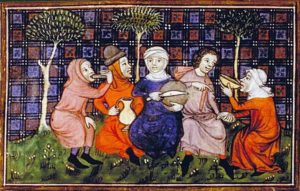
Peasants breaking bread
Families in medieval England usually ate only two meals each day. Most people back then did not eat breakfast. If a farmer had a hard morning of ploughing to do, he might eat bread and cheese first.
But usually, everyone stopped work in the late morning to eat their first meal of the day. It was called dinner and was the main meal of the day. The entire family gathered together to eat dinner. In the late afternoon, families ate a smaller meal, known as supper.
No Green Vegetables, Thanks!
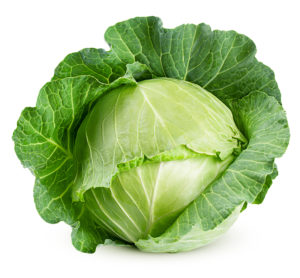
Cabbage
Throughout medieval England, families ate bread, grains, cheese, meat, fish, and apples. Many people thought fresh fruits and greens were unhealthy. Most people believed green vegetables could even hurt you if you ate them raw. They thought cabbage was especially dangerous!
People ate vegetables that had been preserved in oil or pickled in vinegar. They also ate grapes, apricots, and pears that had been dried in the sun.
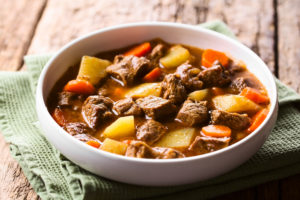
Modern-day meat and vegetable stew
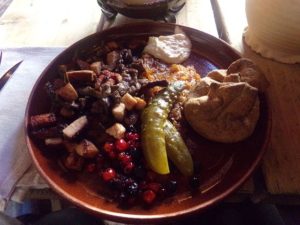
Medieval-style ox with sauerkraut
Families in medieval England also ate a dish called pottage, which was vegetables and meat boiled with water until they became a thick mush.
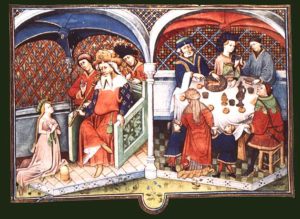
Medieval England feast
Special Occasions
In medieval England, special occasions such as weddings were celebrated with festive meals. If the lord held a feast, peasants were allowed to beg at the meal. Sometimes, the noblemen gave the poor people scraps of food.
A wedding feast often started with a meat and vegetable soup. If the families wanted to impress their guests, the next dish might be a peacock, stuffed with bread, fruit, or vegetables. Roasted wild boar was also often on the menu.
Dessert at the wedding feast could be pears cooked in red wine. The feast ended with nuts, candied fruit, and cheese.
Even at important banquets, most people ate with a spoon, a knife, and their hands. They also used bread to pick up food. Only royalty and wealthy people used forks.
Now, show what you know!
Complete some questions about the reading selection by clicking “Begin Questions” below.









